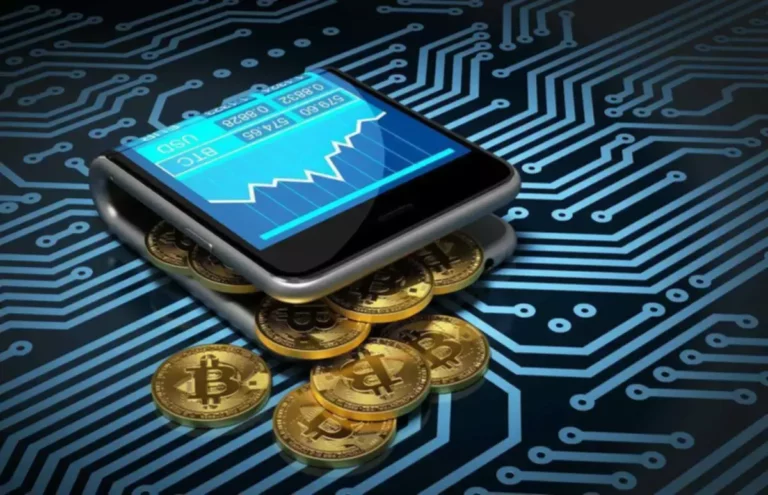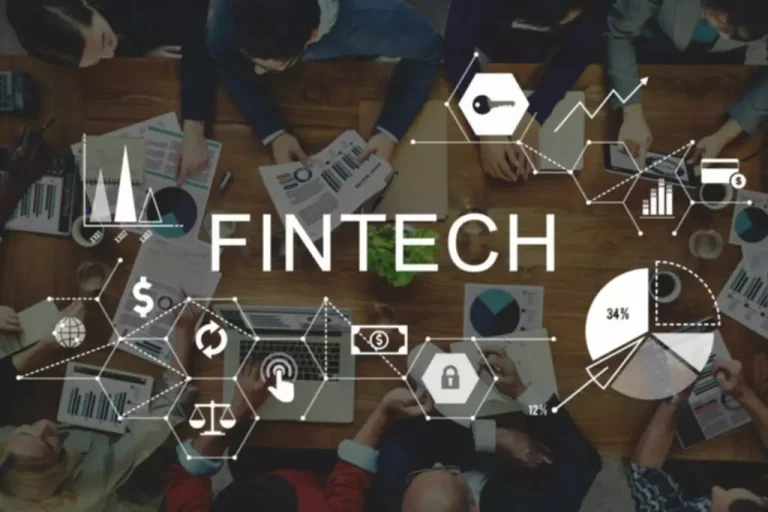For all practical purposes, the asset no longer exists - it has been “burned”. However, many Bitcoin have been purposely and mistakenly burned over the years. In 2014, Counterparty destroyed 2,124 Bitcoin in a procedure known as proof-of-burn to produce their own native token XCP. The Bitcoin was transferred to a wallet with no private key, rendering it unrecoverable. It is a free and open-source protocol built on the Bitcoin network.
- So, why are these one-of-a-kind wallets only accepting deposits and not withdrawals?
- Unfortunately, it doesn't always work as intended and sometimes has the opposite effect.
- Miners might have to burn Bitcoin, for example, to earn another coin.
- Proof of burn is a consensus mechanism that requires miners to burn a set amount of coins in their personal possession to gain access to mine a block.
- There are other uses for coin burning; why someone or an organization may burn their coins will be down to specific circumstances.
- This isn’t a guarantee and may not be noticeable to the average crypto enthusiast.
A coin burn is the process of sending cryptocurrency to a wallet which no one has access to, taking it out of circulation, and effectively “burning” it. When there is excessive cryptocurrency flowing in the market, the price of that token remains low as the demand never exceeds the supply. In such a scenario, burning a portion of the cryptocurrency acts as a ‘deflationary’ move. The scarcity of the token rises and triggers a price appreciation of the remaining tokens in circulation.
Applications for coin burning
Crypto burning is a crucial aspect of the crypto industry that every investor should know. Additionally, crypto burning is also useful for retail investors; the event generally gives a positive impact as it reduces the number of tokens and increases the value over time. Crypto burning can be done in several ways, but the most common one is by sending the token to an unusable wallet address, also commonly known as a burn address or an eater address.
The idea is that since the supply decreases, the price of the remaining coins will more likely increase due to their scarcity and limited number. Such a concept is actually similar to the case where companies buy back their shares as means to "return the value" to their shareholders. Crypto projects what does it mean to burn crypto like the one created by Binance more or less work the same way. Token burning is a strategy followed by cryptocurrency projects to influence the price of a token, or coin, in the market. While the major cryptos (Bitcoin and Ethereum) don’t have token burning programs, many strong Altcoins use it.
BNS surges to 79% market share, outpaces VC-funded peers
PoB is somewhat similar to proof-of-stake (PoS), in that miners have to give away a portion of their holding. Using coin burning as a spam-protection mechanism can also occur at the protocol level. As mentioned earlier, transactions must have a cost to prevent the network from being spammed with fake transactions. One way to accomplish this is to automatically burn a portion of each transaction fee. That’s because the PoB consensus mechanism, which requires burning coins to validate transactions, helps to stimulate the mining of new coins.
Let’s look at some key use cases for token burning, to get a better understanding of this dynamic in action. Here, we explain the practice of token burning, its various use cases within the crypto ecosystem, and dynamics to be aware of. The case of Shiba Inu’s burn strategy, or burn controversy, is a good example of how some platforms try to manage a vast circulating supply, a very low price, and investors eager for profit. Coin burns can be necessary in the case of stablecoins, because burning a certain portion of the supply can help the stablecoin stay pegged to its fiat currency (like the dollar).
What Is Crypto Coin Burning?
It wasn't until four years after the first mass coin burning that BNB began to rise considerably in value. So while BNB is now a pretty valuable coin, it certainly took some time for it to hit its exponential growth phase, despite the routine burns. Burning crypto shouldn’t be taken literally—there's no physical burning involved.

Algorithmic stablecoins seek to overcome this by creating coins of stable value via control of the supply. That’s a great question – and the answer can be found with a quick recap of the dynamics of supply and demand. Read this article to discover our updated Protect & Choose mechanism and how many tokens we burn each month.
Burning Cryptocurrency Can Make Tokens More Valuable
You are now leaving the SoFi website and entering a third-party website. SoFi has no control over the content, products or services offered nor the security or privacy of information transmitted to others via their website. We recommend that you review the https://www.xcritical.com/ privacy policy of the site you are entering. SoFi does not guarantee or endorse the products, information or recommendations provided in any third party website. This guide will explain everything you need to know about taxes on crypto trading and income.

Occasionally, crypto burns emerge as a lifeline for projects that have lost their spark or stalled. A well-executed token burn can whip up a frenzy of excitement, catching the eye of investors and amplifying trading volume. If you’re interested in token burning, you need to know about smart contracts. Here is your ten minute crash course on this key crypto concept – thanks School of Block.
What are the benefits of token burning?
Most individuals wish to either keep, sell, or stake their crypto, not remove it from circulation entirely. Instead, it's usually coin developers who perform crypto burns, usually done in bulk. A number of popular crypto projects have burned mass amounts of coins, including Binance and Bitcoin Cash (we'll get to why this is done a little later). Obviously, crypto burning has some upsides for the platform and for certain users, but as more projects embark on coin burnings, it pays to keep the downside in mind as well.

